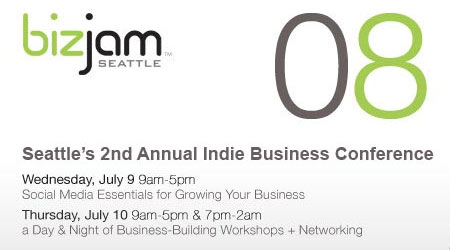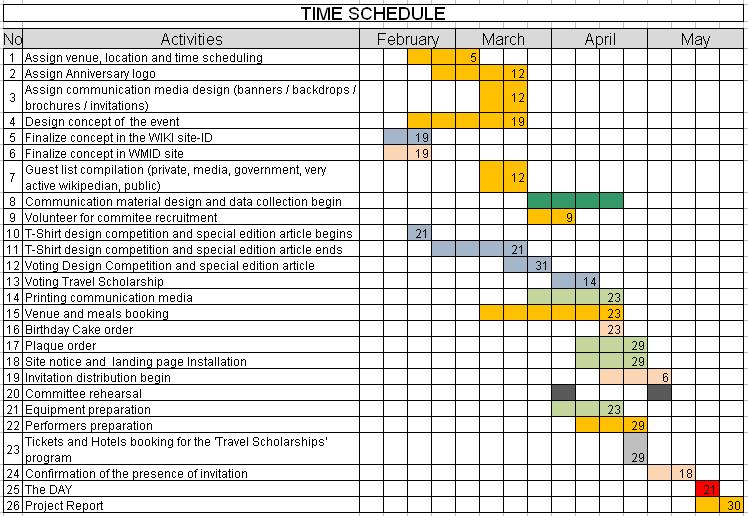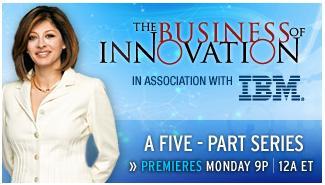What I learned at FOO Camp 08
Background: Foo Camp is the legendary annual social/tech event O’Reilly Media runs for Friends of O‘reilly. Two things make the event an amazing experience: 1) high quality invite list (except myself of course) and 2) Everyone camps out on tents on the lawn. This drops pretension to near zero, and combined with a self-defined agenda, people are set up to have their minds opened. Put 1 & 2 together and crazy, funny, wild, open, smart, thought-provoking, unexpected conversations happen all on their own. FOO Camp is a true highlight of my many travels – and it puts in relief how limited most conference experiences are, despite how easily replicable the lessons of unconference style formats can be.
If you want a general write up on this year’s FOO Camp, read this piece on TechCrunch first, and I’ve written before about past FOO camps and unconferences here. Instead, what follows below is a sanitized list of notes from my moleskin.
- High quality is good for the environment. One session by Make’s Arwen Oreilly was about luxury and nature, and how buying a $50 hairbrush that lasts 50 years isn’t a luxury, it’s actually better for the environment. Low price items often have low long term value (e.g. IKEA). Good quote “High-technology is what your parents did not use, and what your children will not use either” – Saul Griffith said it, but attributed it to someone else. How well designed can a cell-phone or laptop really be if it lasts 1/25th of a lifetime?
- Zoe Keating is cool. Didn’t know who she was until after I’d chatted with her here and there, which is funny because had I known she was a musician I would have chatted with her about totally different things. Her stuff sounds amazing – from what I’ve heard so far it’s best described as kick-ass experimental, yet melodic, electronic chello – just downloaded from itunes. I wish someone had done a talk on “how composing music is like writing code”.
- Why do adults stop making up games? As a kid in Queens we’d make up new games all the time, every day. A zillion variations of tag. Basketball with no traveling. On and on. Why not now? At FOO I played The lost game of Olympia, a crazy race game involving humming, blindfolds, mazes and lots of laughing. You can watch a video of my team playing at FOO here. Worked great to meet people, touch people, and focus on movement for awhile instead of thinking. If the world can be saved, I suspect gamemaster Jane McGonigal at AvantGame.com will have something to do with it.
- Beekeeping is cool. Turns out there are quite few beekeepers in the tech elite, or at least people who have read The art and adventure of beekeeping which include two of my favorite people I’ve met at FOO – Brian Fitzpatrick and Nat Torkington (And Pathable’s Jordan Schwartz is a beekeeper too). I ordered a copy. The vibe of this session was the value of observation. How learning patience and skills of seeing leads to the insights people struggle to obtain.
- Everyone has public speaking disaster stories. I ran a session where everyone told stories of their own public speaking horror stories. Turns out, everyone has a public speaking horror story. The only collection of public speaking disaster stories I know of is Mortification – I wish there were more collections like these.
- I know the secret of happiness. I went to a session on happiness hacks (Run by HB Segel, Kim & Linda Stone), and the funny thing was how happy all the people who came seemed to be. Most of the advice are things I suspect most people know, and I found myself circling the same core idea over and over: to thine own self be true, and it must follow, as the night follows day, thou cant not then be false to another man”. No one can follow all of these hacks. Every person will sort out what to try on their own, and the better people know themselves, the better their odds of choosing well. As fun as the session was, I want the same people in the room again for a session titled “How to know yourself”.
- Related quote “Being happy is separating the difference between what I care about, and what I think I care about” – I’d been drinking and can barely read my handwriting (so the quote itself might be wrong), and I suspect it was said to me by Lane Becker of Get Satisfaction.

 This morning I taped a short segment for the
This morning I taped a short segment for the 



 Then last month, at the
Then last month, at the 